Polka Dex Report by Jesse
It’s been one heck of a week, to say the least. Depending on what side of the fence you stand on, you’re either happy that you waited to buy into whatever altcoin you’ve been eyeing. Or you’re kicking yourself for not waiting. Either way, I assure you we’ve all been there and forgot to grab our t-shirt on the way out. If this is the first time you’ve experienced this in the market, congrats, you’re well on your way to becoming a crypto OG before you know it. While no one likes to lose half the value of their position in a blink of an eye, it teaches valuable lessons about managing your risk and helps mentally prepare you when the next FUD cycle makes its way through the crypto space. Because it's not the first and far from the last time a manufactured narrative will cause chaos in the markets. Moving into this week's review, we’ll be looking at a new take on the traditional DEX with Polkadex.
Introduction
Polkadex is a new and completely decentralized p2p orderbook based exchange built for the growing DeFi ecosystem. More specifically, the Polkadex Orderbook is a non-custodial Layer-2 based exchange built on the Polkadot Network. Polkadex's design focuses on reducing the complexity of the Polkadot chain. Believing that only information which needs to be publicly verified should be on-chain. In Polkadex the order book, trader assets management, bridges between Polkadot and Ethereum, and market-making bots are all managed on-chain. Trading features like market data aggregation, technical analysis indicators, storage and retrieval of trade history, and all the remaining exchange-related data are managed off-chain. Enabling Polkadex to increase the throughput of trades and make it comparable to the efficiency currently


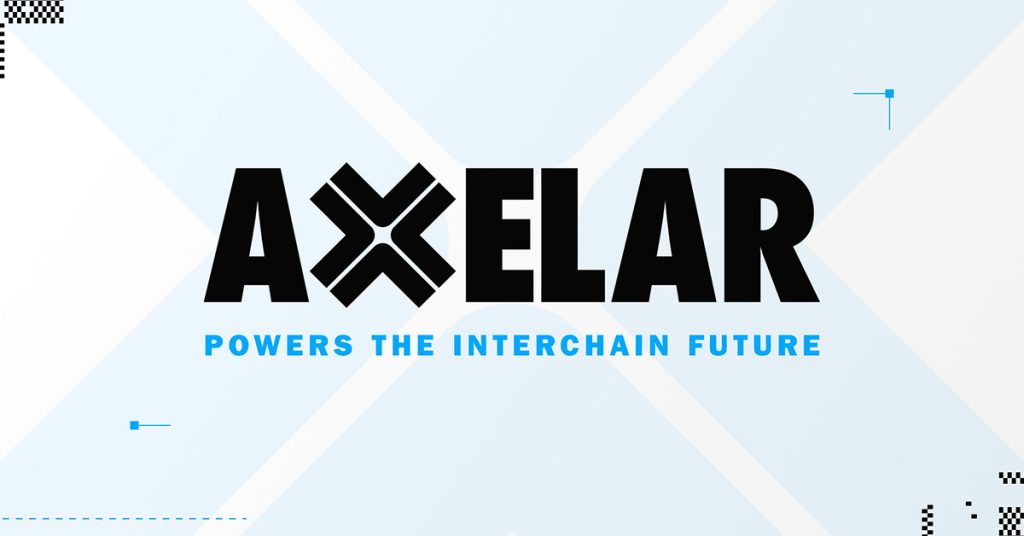

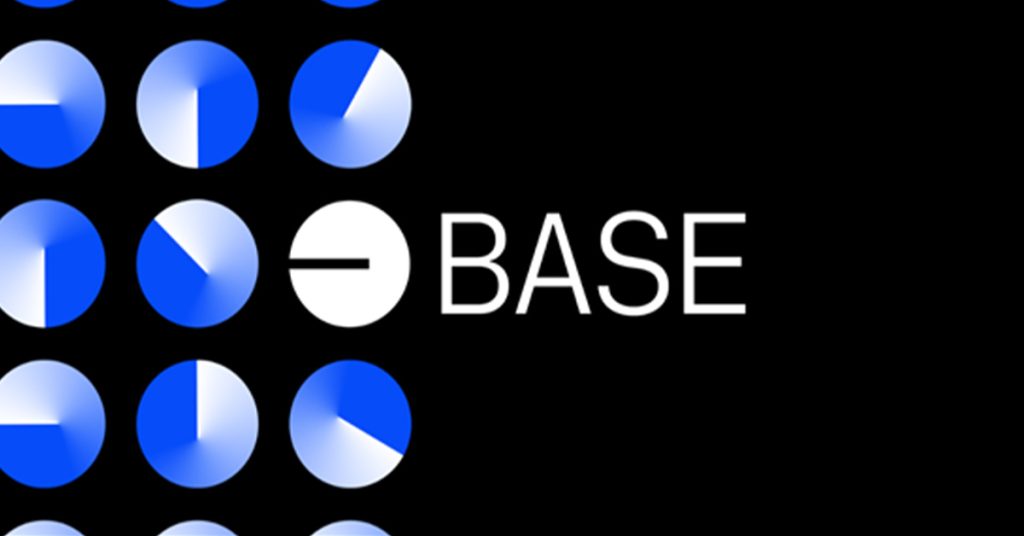
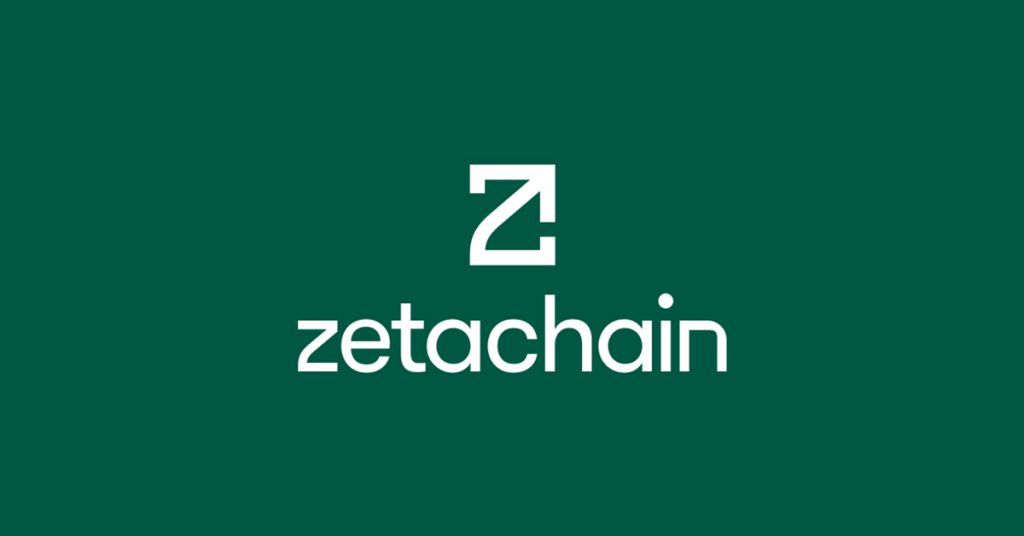
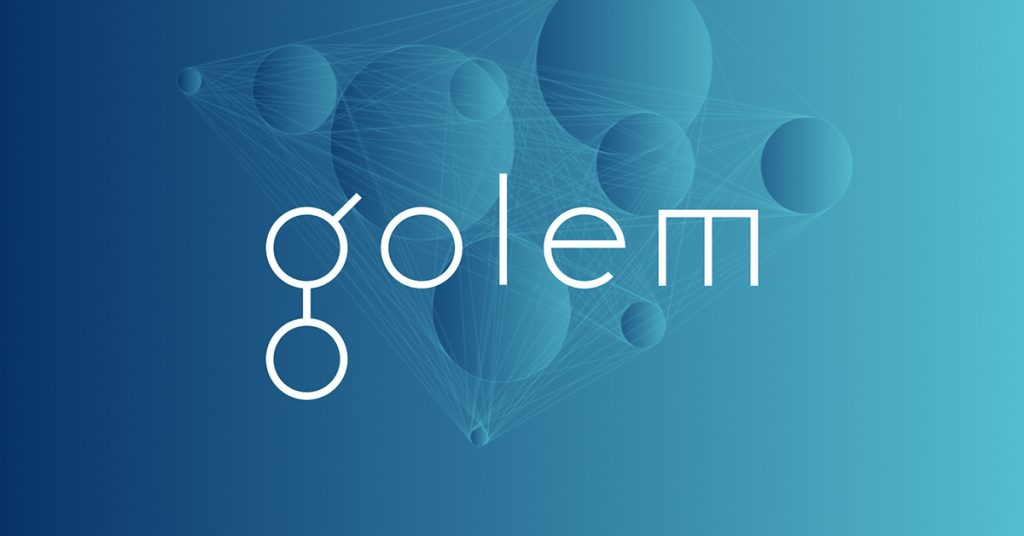

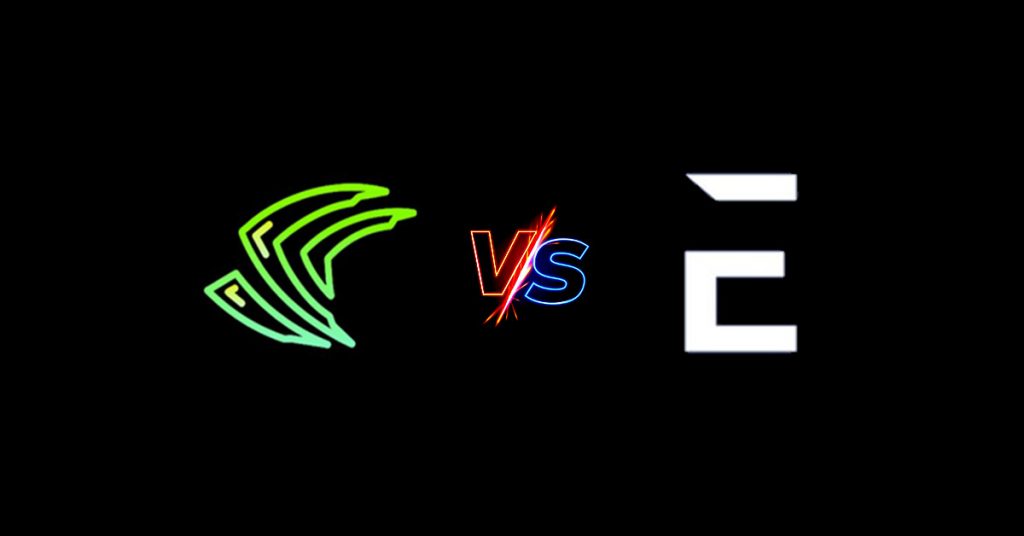


Responses